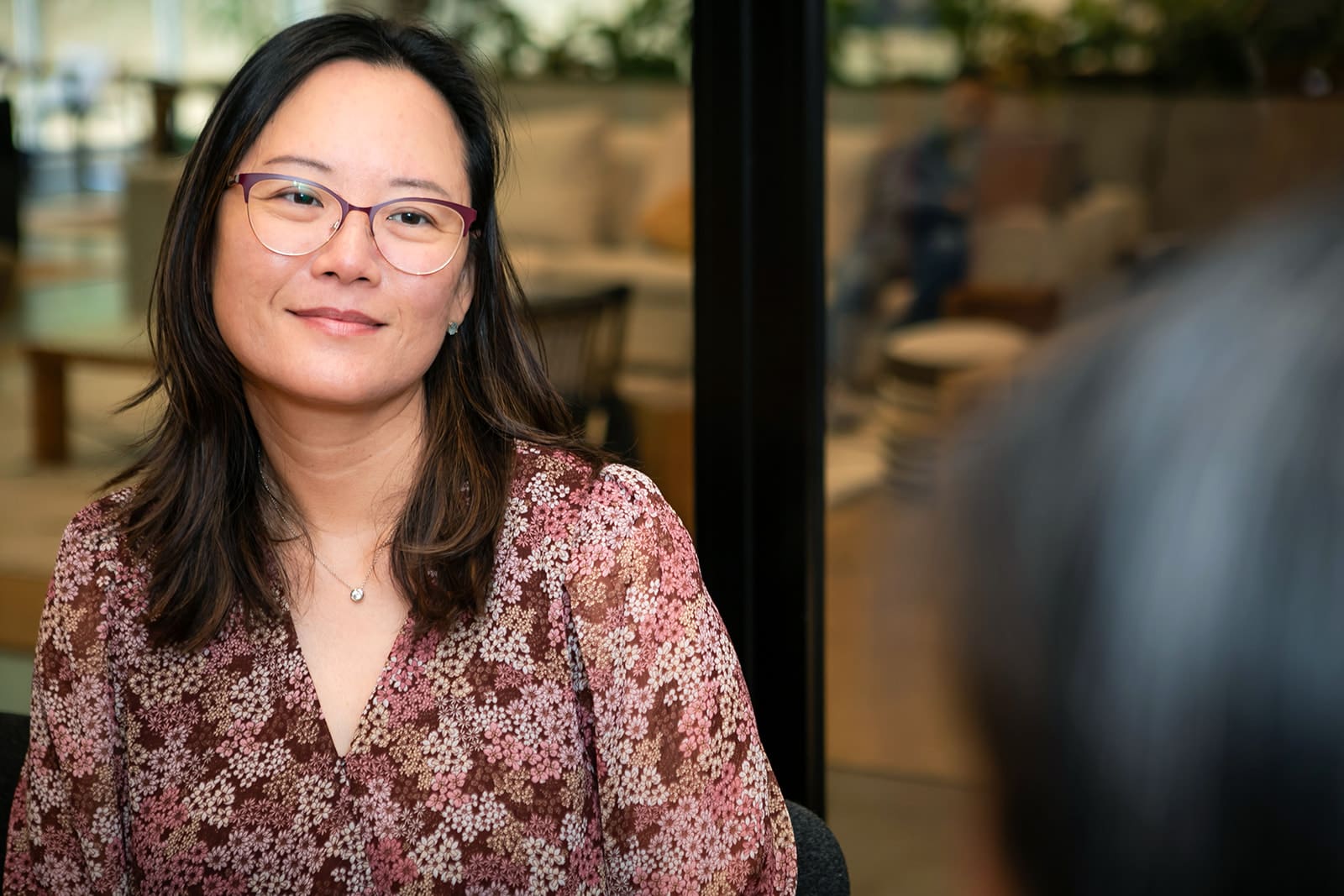Human-Centered Practices
What Kind of Culture Are You Creating?
You want to create a diverse, equitable, and inclusive organization where people belong, want to show up, and do incredible work.
Where do you start?
Relationships are the foundation of a culture where people can hold hard conversations, manage discomfort, grow, learn, navigate change, and make an impact.
Human-Centered Practices are tools, skills, and practices that help us build relationships so we can work together across our differences. They are personal and professional development, team building, and the foundation for cultural transformation and organizational change.
These practices are essential to collaborating on your organization’s goals, including strategic planning, clarifying your values, change management, hiring, training, enhancing wellbeing, performance management, developing your leaders, working on DEI initiatives, and more.
“The sessions and learning with Leverage to Lead helped me shift my thinking. I broke out of the mold of what I believed corporate life had to be. I know now it can be engaging, full of care for your teammates, and about putting the person before the work. It’s reversing what we’ve all been taught to believe, and it makes teamwork so much better.
I used to believe that you couldn’t do much about conflicts at work, but my belief system has changed. I believe now that we can absolutely make things work together, even when we don’t see eye to eye. Many firms may not think values and empathy are important, but they have become integral to even the smallest tasks at our company. I wish everyone could experience working with Leverage to Lead.”
With Human-Centered Practices, we can increase:
- Our ability to uncover, confront, and disrupt our biases (conscious and unconscious).
- Our emotional resilience and agility to hear differences, engage in healthy conflict, acknowledge mistakes, learn, grow, and be fully human.
- Our curiosity to identify knowledge gaps about ourselves, others, and the systems in which we work and live.
- Our capacity to examine the impact of our perspective.
- Our awareness of our beliefs about power, emotions, identity, equity, and belonging.
- Our ability to hold our identities and our power responsibly.
- Our compassion and empathy for ourselves and others.
Program Benefits
- Tools and practices to build human-centered systems and structures that support all employees.
- Stronger relationships.
- Enhanced connection between individuals and across teams.
- A deeper sense of belonging with others.
- Personal and professional growth in emotional intelligence and interpersonal skills.
- Increased capacity to normalize and work through discomfort.
- Establishing a shared vocabulary for surfacing multiple perspectives
- Greater ability to collaborate across differences.
- Lasting personal and organizational change through relationships and responsibility.
Program Structure
Human-Centered Practices include three learning block topics, each with group sessions, individual processing sessions, and other supports your leaders and team may need.
The program is structured and paced for optimal balance between maintaining momentum and energy while allowing adequate time for processing, practice, and growth. Yet we know that your organizational transformation is unique, so our program sessions are flexible and tailored to your people, needs, challenges, and goals.
In every session, we prioritize personal connection, space for imagination, emotional exploration, and experiential learning and practice. Our program is hands-on, guided, and participant-focused, and our team at Leverage to Lead will model sharing vulnerably, asking questions, and learning through our relationships.
Identity & Deep Listening
Identity & Deep Listening expands our ability to regard others fully and learn about their whole identities.
Deep listening requires interrupting our biases, assumptions, labels, and judgments. By holding space for each other’s full identities, we’ll explore how behaviors can receive different reactions, depending on one’s identity; how identities can shift; and how white supremacy values impact our identities and support our biases. And we’ll implement strategies to interrupt how we’ve been socialized to value some identities over others.
Power Dynamics & Co-Creating Equity in Relationships
Power is present in every relationship. Creating equity in our relationships requires acknowledging the power differentials between individuals and giving voice to those with less power.
In addition to examining the power dynamics in a reporting structure, in this session, we will increase awareness of the ways systems of oppression exert power, build a shared vocabulary around power, explore our socialization about power, and gain tools to plan and prepare for equity-focused conversations. We’ll also delve into the different responsibilities that come with power levels, and practice leaning into those responsibilities with partners.
Exploring Emotions & Inner Agility
In Exploring Emotions & Inner Agility, we build our capacity to pause and respond with intention instead of reactivity when we are experiencing a challenging emotion. This skill resists our culture’s addiction to urgency and immediate response.
Together, we’ll practice pausing and reflecting on our emotions and growing the agility to interrogate our interpretations, beliefs, and storytelling around our feelings. Inner agility gives us the power to speak and act in line with our values and create connection and inclusion, even when our brains and emotions are trying to get us to run or self-protect.
Articles on Identity & Deep Listening
Articles on Power Dynamics & Relationships
Articles on Emotions & Inner Agility
